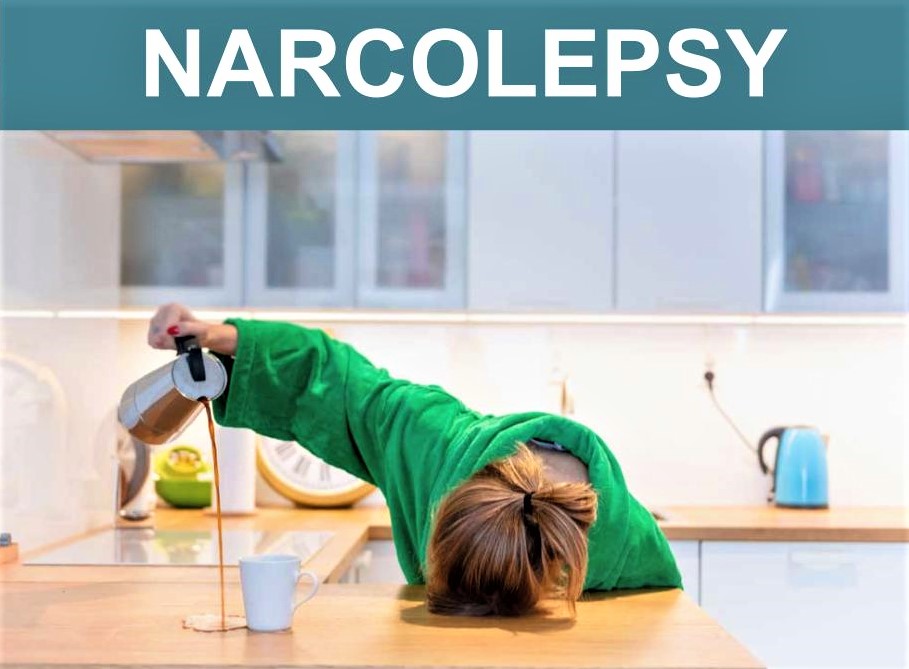NARCOPLEPSY
Narcolepsy is a clinical syndrome, and it is one of the most common causes of disabling daytime sleepiness after obstructive sleep apnea.
There are four main clinical features of Narcolepsy to include the following:
1. Excessive daytime sleepiness. Patients with chronic sleepiness may be prone to fall asleep throughout the day, often at inappropriate times. Patients with severe narcolepsy may experience “sleep attacks”; in which they rapidly doze off with little to no warning.
2. Cataplexy, which is defined as emotionally triggered, transient muscle weakness. Most episodes are triggered by positive emotions, for example laughter and excitement. Although, episodes can be triggered by anger and grief.
3. Hypnagogic hallucinations are vivid, sometimes frightening visual, tactile, or auditory hallucinations that occur as the patient is falling asleep.
4. Sleep paralysis, which is defined as complete inability to move for one or two minutes immediately after awakening or just before falling asleep.
Other clinical features include psychiatric manifestations such as anxiety, depression and fragmented sleep.
Narcolepsy is diagnosed based on clinical assessment, specific laboratory studies to rule out electrolyte vs vitamin deficiency and sleep studies.
If you have experienced similar symptoms, please contact The Manhattan Center for Headache and Neurology for further evaluation and treatment options.
By: Jordan Shankle, PA
May 26, 2025 Uncategorized

